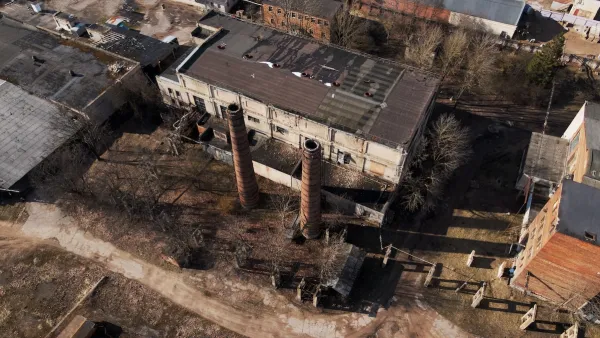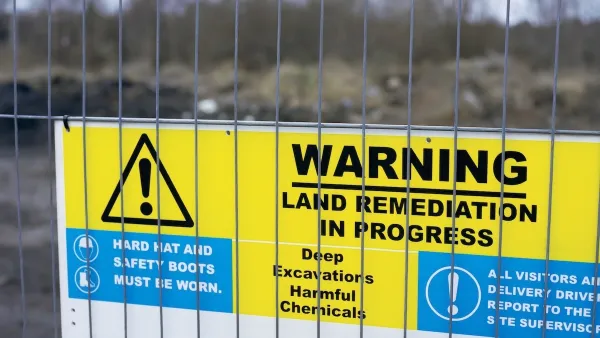Forbes looks at the world's 25 most polluted cities, and concludes that governments and industries need to realize how cost-effective pollution remediation is.
"Unless you're in the oil business, there's little reason to brave the choking pollution of Baku, Azerbaijan. Fetid water, oil ponds and life-threatening levels of air pollution emitted from drilling and shipping land the former Soviet manufacturing center at the bottom of this year's list as the world's dirtiest city.
Baku is bad, but far from alone. For residents of the 25 cities on this year's list, black plumes of smoke, acid rain and free-flowing sewage are part of everyday life. Not as immediately visible: the impact on the population's health and life expectancy.
To see which cities in the world were dirtiest, we turned to Mercer Human Resource Consulting's 2007 Health and Sanitation Rankings. As part of their 2007 Quality of Life Report, they ranked 215 cities worldwide based on levels of air pollution, waste management, water potability, hospital services, medical supplies and the presence of infectious disease.
All cities are positioned against New York, the base city with an index score of 100. For the Health and Sanitation Rankings, the index scores range from the worst on the list--Baku, Azerbaijan, with a score of 27.6--to the best on the list--Calgary, Canada, with a score of 131.7.
Nos. 3 and 4 on this year's list are the capital cities of Madagascar and Haiti, respectively. Antananarivo, Madagascar and Port au Prince, Haiti, both face the challenge of a rapidly growing urban population and the ever-growing need for efficient water and waste management.
Mexico City, Mexico, ranks No. 5 on this year's list. Residents can thank industrial and automobile emissions for air quality so bad that city ozone levels fail to meet World Health Organization standards an estimated 300 days of the year. "
Lead-poisoned air lands Dhaka, Bangladesh, the No. 2 spot on the list. Traffic congestion in the capital continues to worsen with vehicles emitting fatal amounts of air pollutants daily, including lead. The World Bank-funded Air Quality Management Project aims to help.
FULL STORY: The World's Dirtiest Cities

Planetizen Federal Action Tracker
A weekly monitor of how Trump’s orders and actions are impacting planners and planning in America.

Congressman Proposes Bill to Rename DC Metro “Trump Train”
The Make Autorail Great Again Act would withhold federal funding to the system until the Washington Metropolitan Area Transit Authority (WMATA), rebrands as the Washington Metropolitan Authority for Greater Access (WMAGA).

The Simple Legislative Tool Transforming Vacant Downtowns
In California, Michigan and Georgia, an easy win is bringing dollars — and delight — back to city centers.

The States Losing Rural Delivery Rooms at an Alarming Pace
In some states, as few as 9% of rural hospitals still deliver babies. As a result, rising pre-term births, no adequate pre-term care and "harrowing" close calls are a growing reality.

The Small South Asian Republic Going all in on EVs
Thanks to one simple policy change less than five years ago, 65% of new cars in this Himalayan country are now electric.

DC Backpedals on Bike Lane Protection, Swaps Barriers for Paint
Citing aesthetic concerns, the city is removing the concrete barriers and flexposts that once separated Arizona Avenue cyclists from motor vehicles.
Urban Design for Planners 1: Software Tools
This six-course series explores essential urban design concepts using open source software and equips planners with the tools they need to participate fully in the urban design process.
Planning for Universal Design
Learn the tools for implementing Universal Design in planning regulations.
Smith Gee Studio
City of Charlotte
City of Camden Redevelopment Agency
City of Astoria
Transportation Research & Education Center (TREC) at Portland State University
US High Speed Rail Association
City of Camden Redevelopment Agency
Municipality of Princeton (NJ)





























